|
A before and after story Exploring the siteBehind the cottage is a large section going uphill to a flat space with a brazier. These photos are from my first visit. Hover over the pic to read caption. Start clearing and discoveringWe gathered our tools on site to start clearing and discovering what was coming through under the weeds. We piled the waste on site to make compost and improve the soil over time. There were so many pest plants that it wouldn't have made enough difference to take the considerable time to remove it all. Worst comes to the worst, we can weedspray the piles later. New plantsThen we got planting. Wharangi on the edges. Poa cita grass to hold the bank and for its feathery flower heads. Coprosma kirkii to cover the awkward corner and keep weeds down. Small muehlenbeckia complexa to reduce disturbance to the bank and to cover it. Perennials for colour and to enjoy. Dwarf toe toe to add continuity with existing ones.
0 Comments
First day beating the feet during the rahui to save lives and eliminate Covid-19. I explored part of Sinclair Park, discovering natives and exotic weeds mixed together. And a lovely wildness in the margins. Some of the natives Hover over the photo for more information. Some of the pest plants I spotted are below. Life in the margins
When I bought this house in April 2016, there was grass, grass and more grass (not even lush green grass), along with a few ornamental plants. Even the soil was lifeless - not a worm in sight. The ornamentals had to go - they had no real purpose. I like plants to have at least two reasons for existing. Reasons such as': attractive, edible, attract native wildlife, scent, unusual seeds, attract beneficial insects, add nutrients to soil, NZ native - especially those that are local to the area and are now rare. Since then, I've planted fast growing natives by the fences and areas of wild flowers or smaller native areas to create interest, give privacy and shelter. Front garden These photos show how I'm working with nature to add interest and improve the environment for wildlife. Hover over each photo for the story. Back garden
The back garden had a raised bed, a dead lawn, and some straggly pittosporums. Photos show how adding plants over time has added colour, life, diversity and more. Kiwis have their preferences regarding planting native plants in their gardens. Some are from the staunch eco-sourced natives only brigade, while others prefer formal gardens with exotic plantings.
Abbie's blog talks about why they refer diversity at Tikorangi Gardens. No limit of ten plant types for them - and I heartily agree. Biodiversity is where it's at! |
Categories
All
Archives
January 2024
|

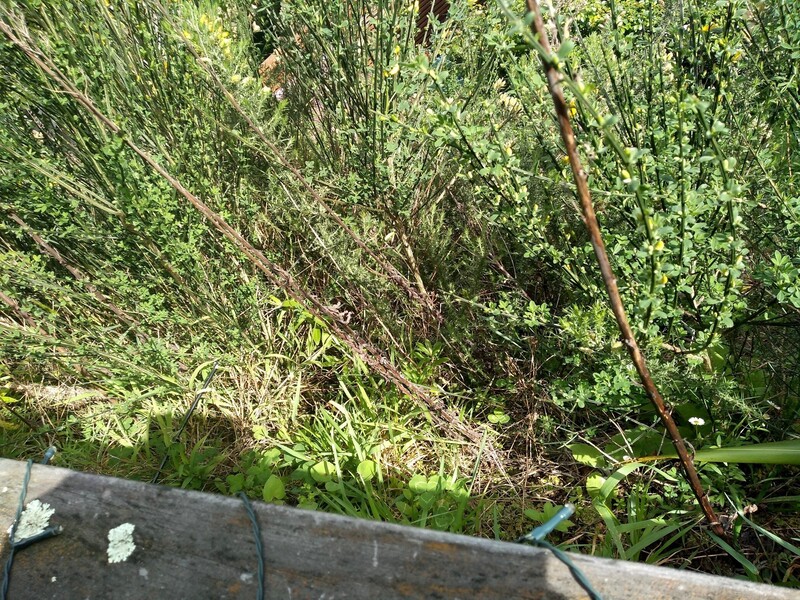
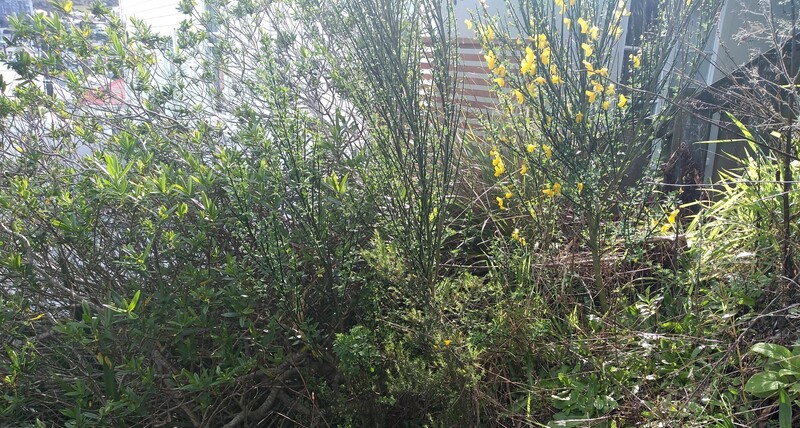
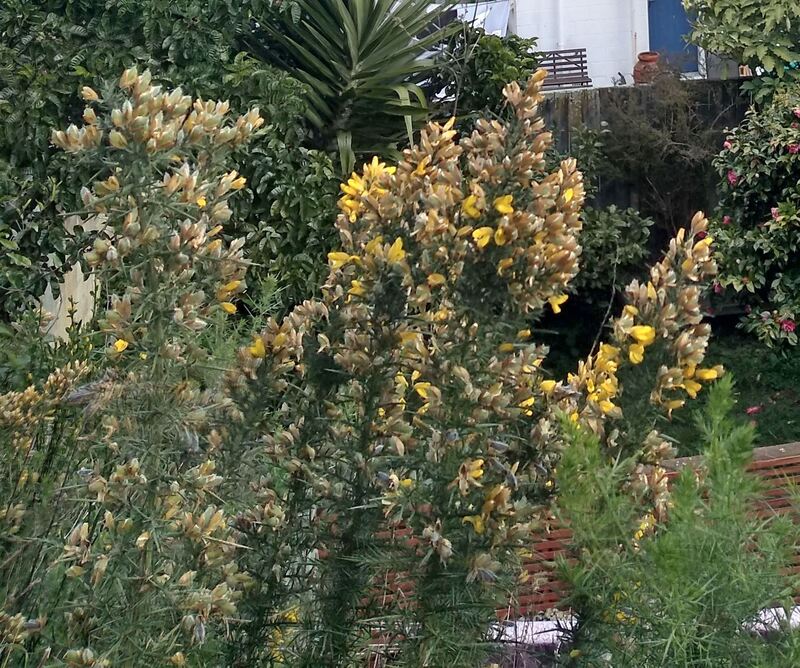

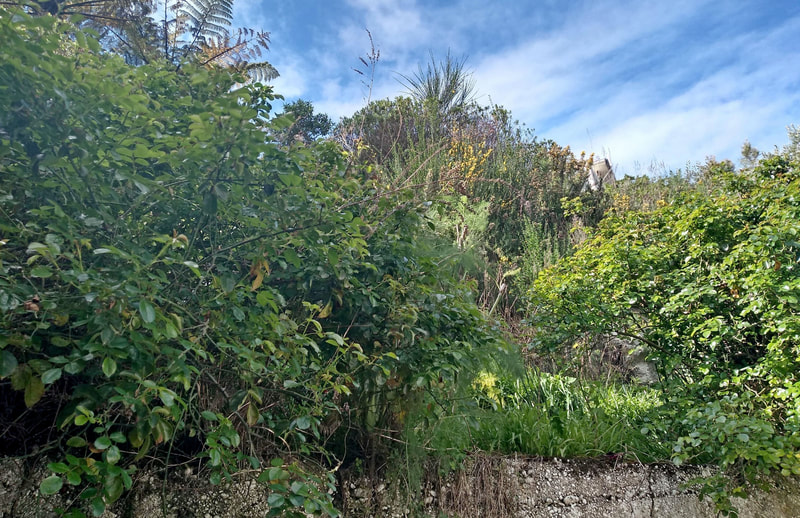
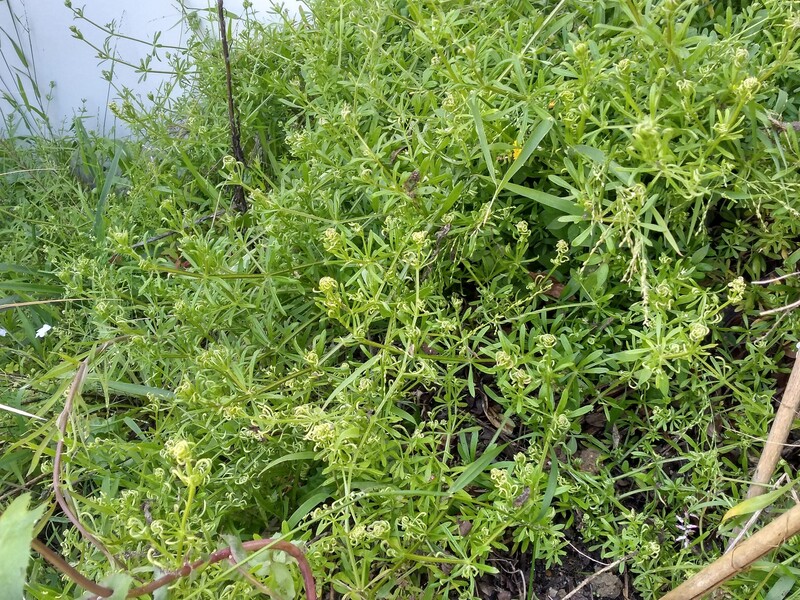
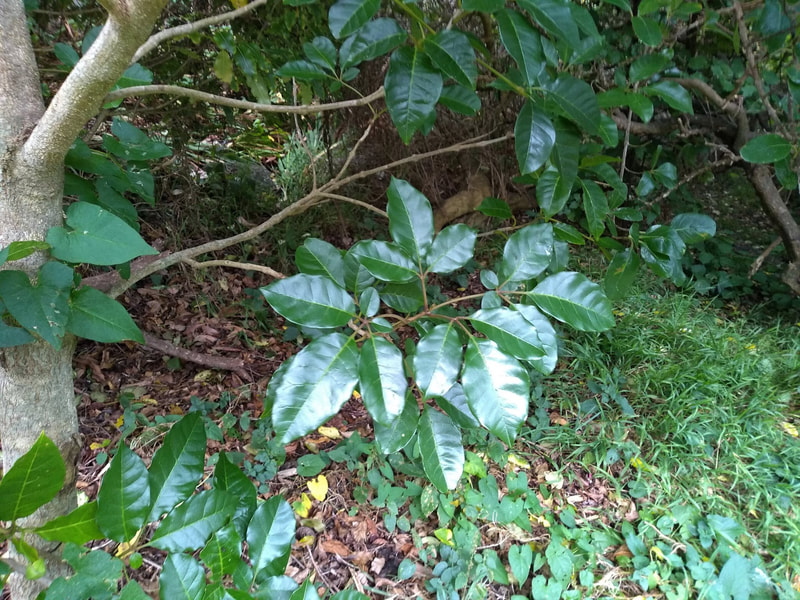
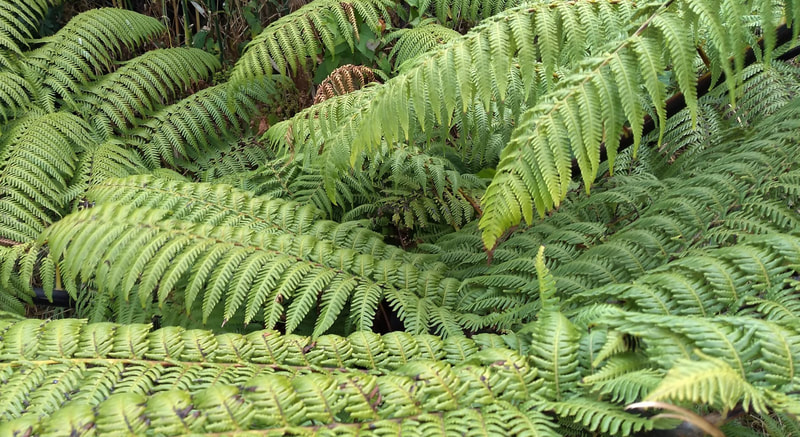
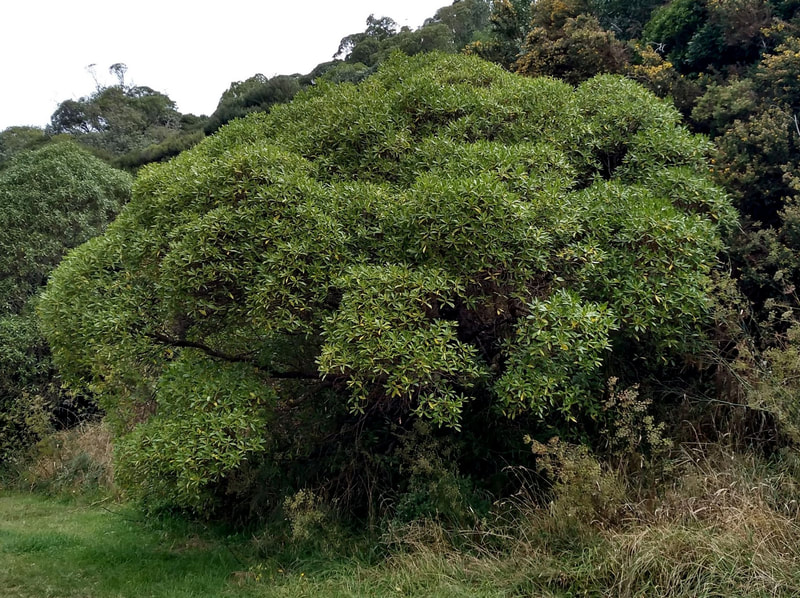
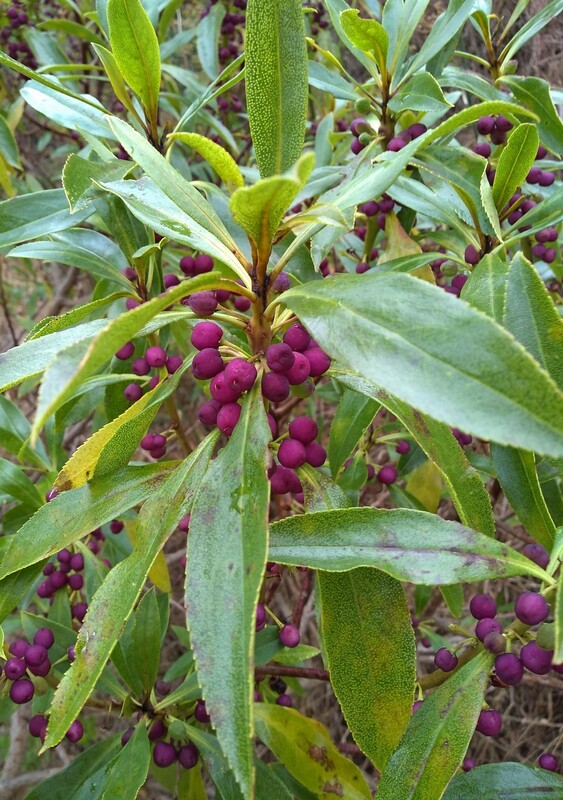
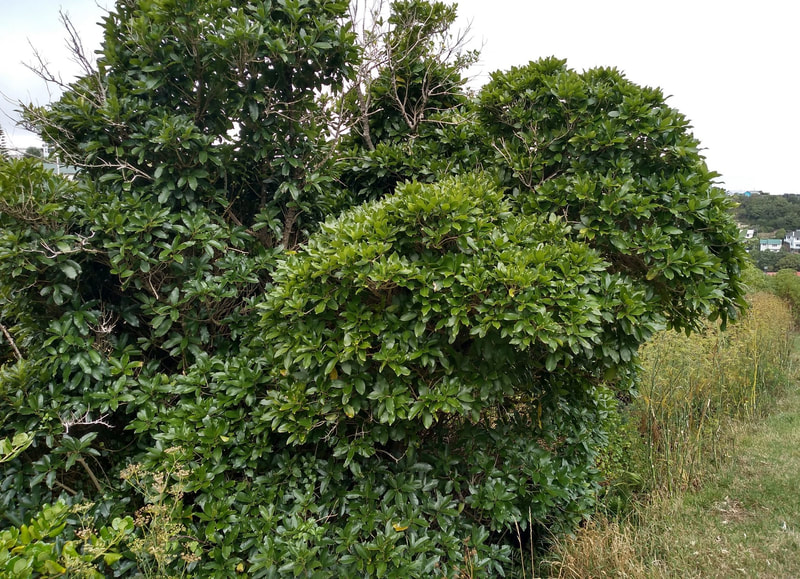
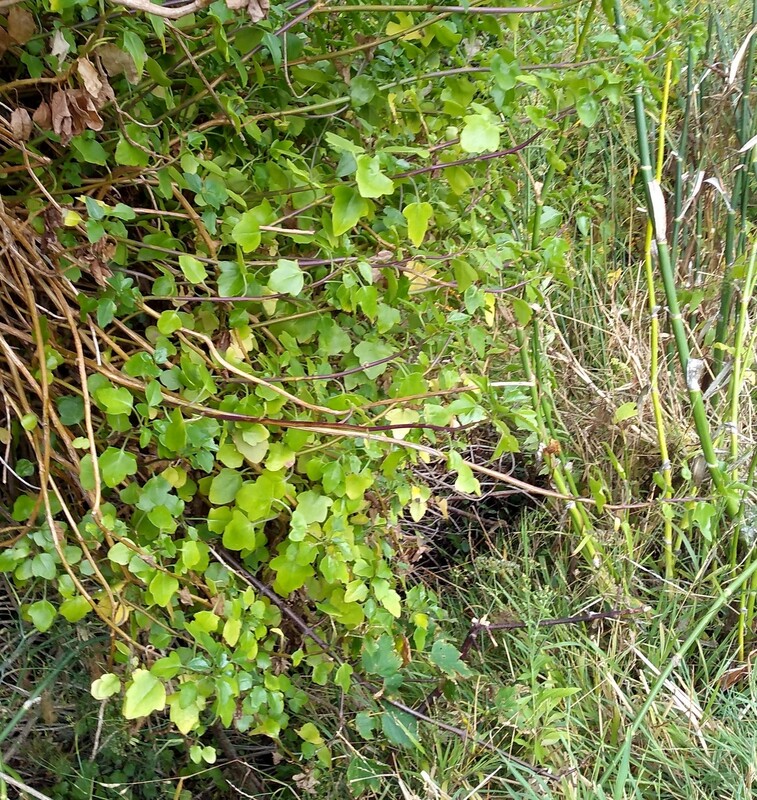
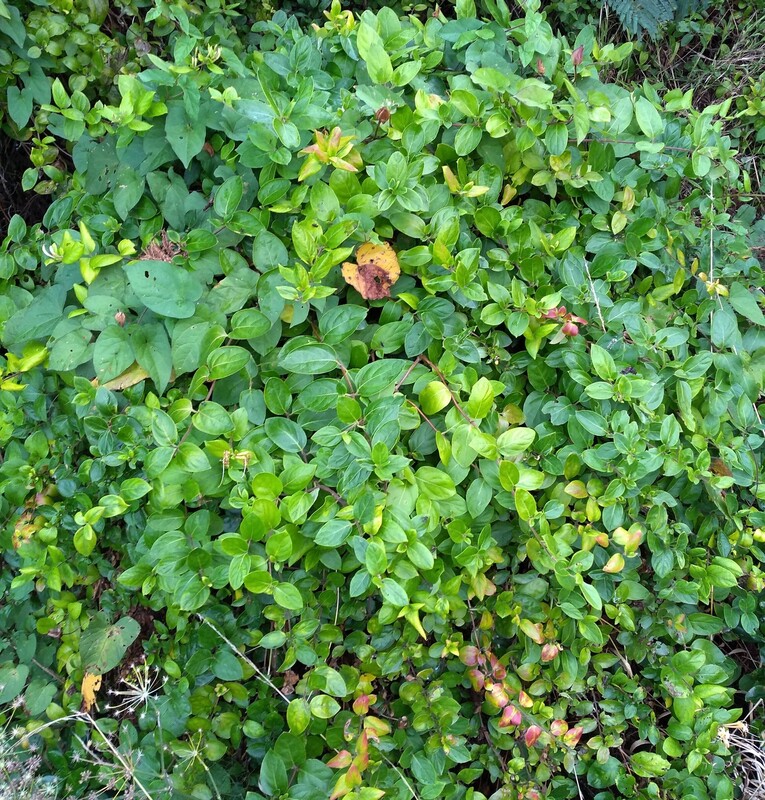
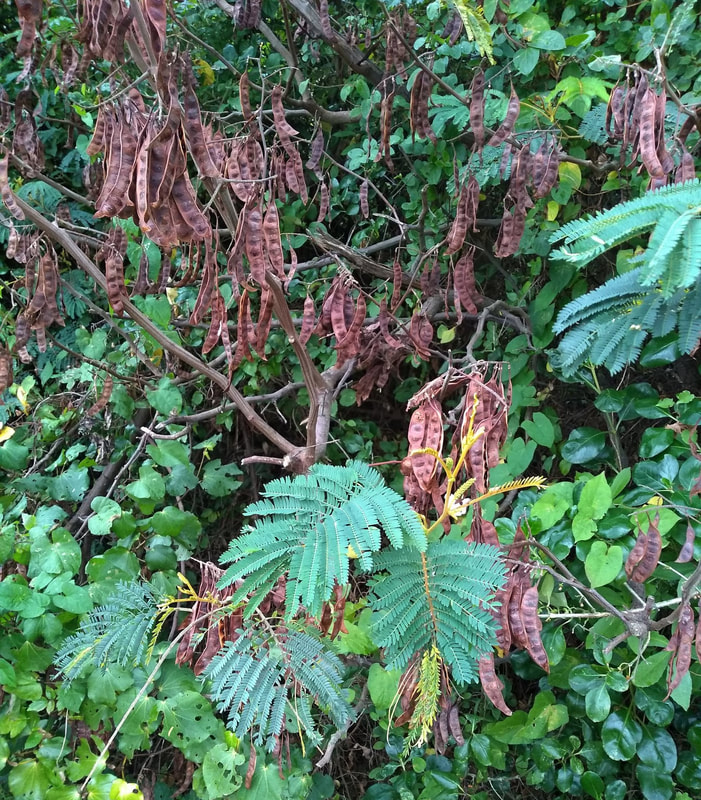
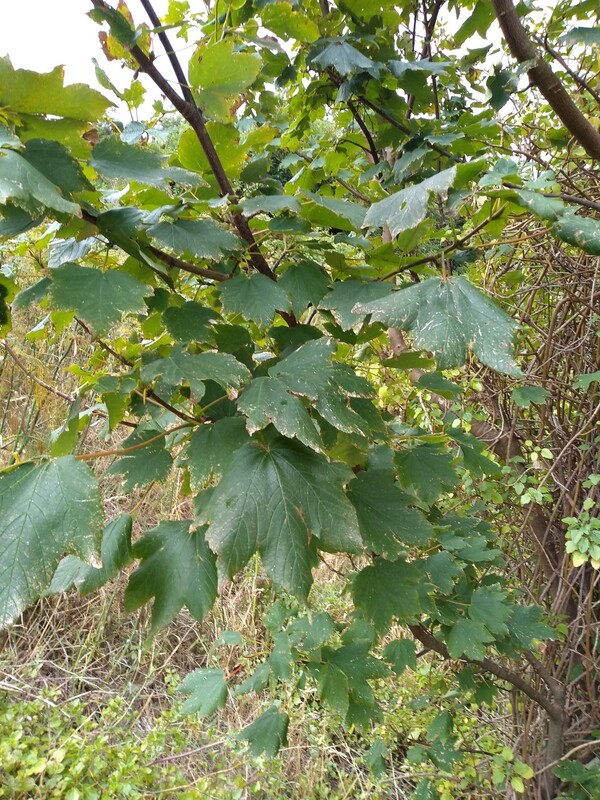
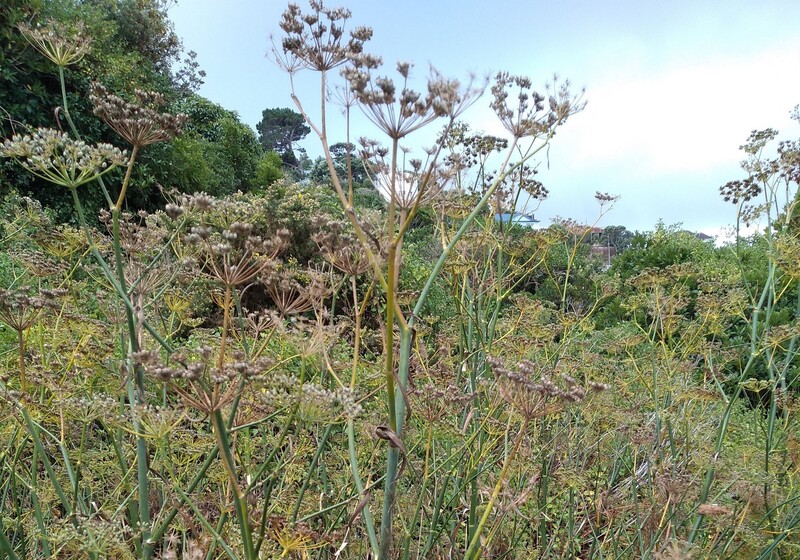
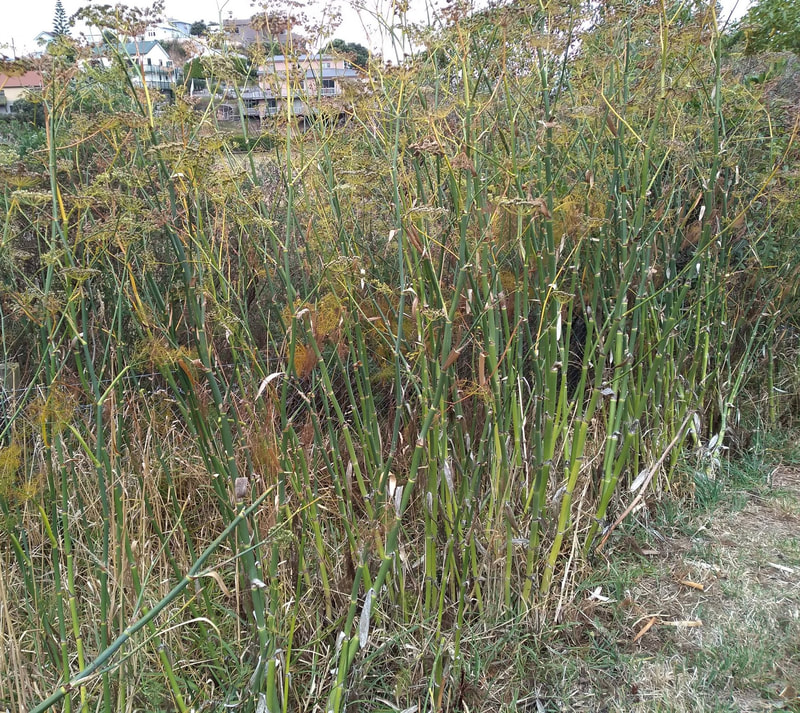
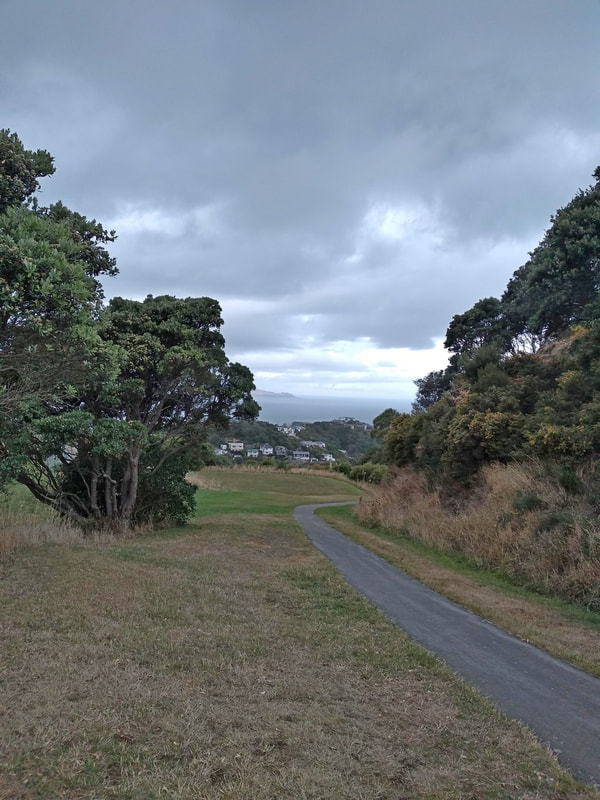
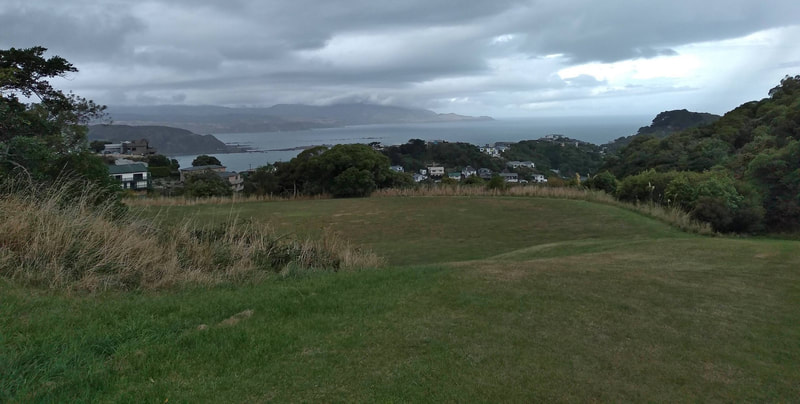
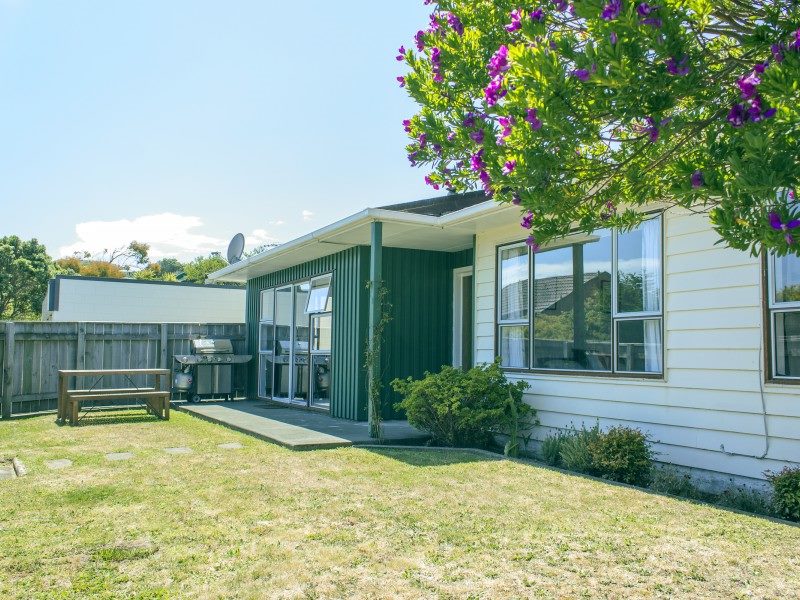
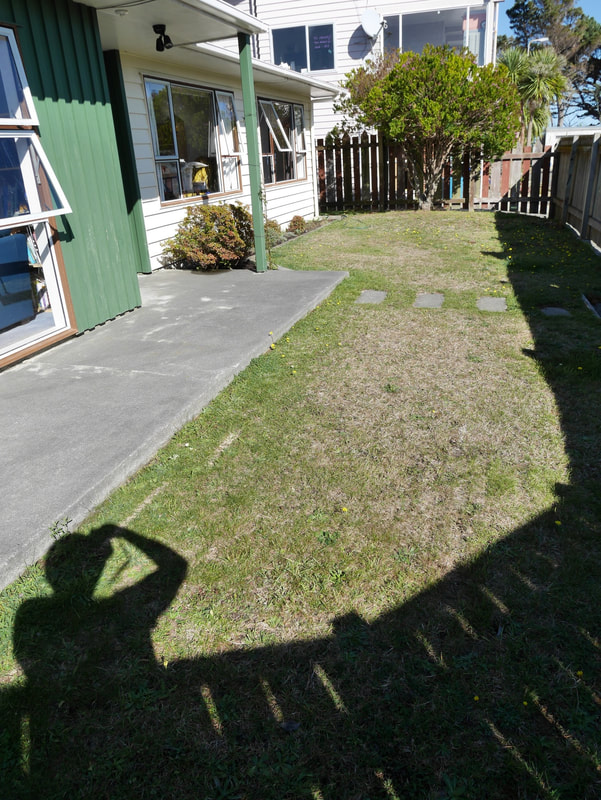
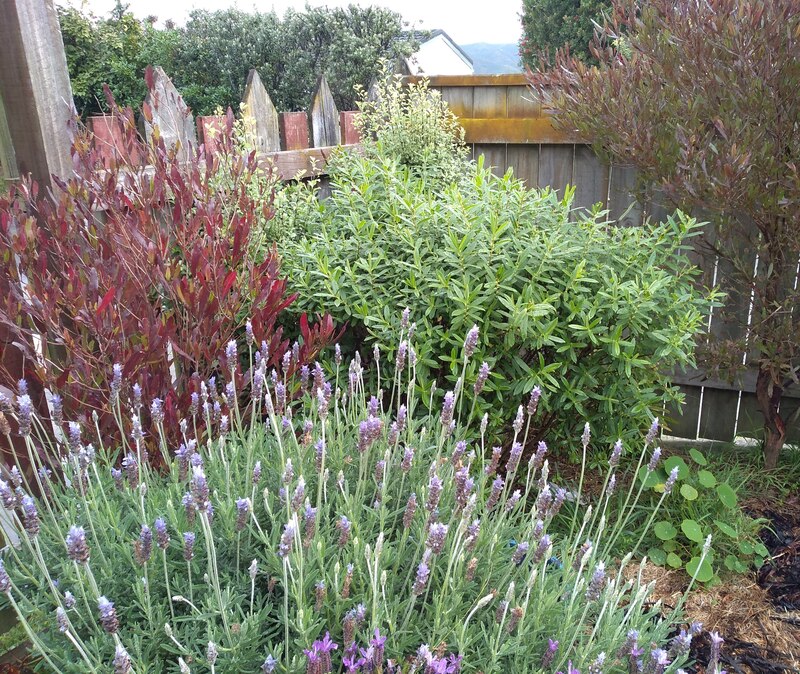

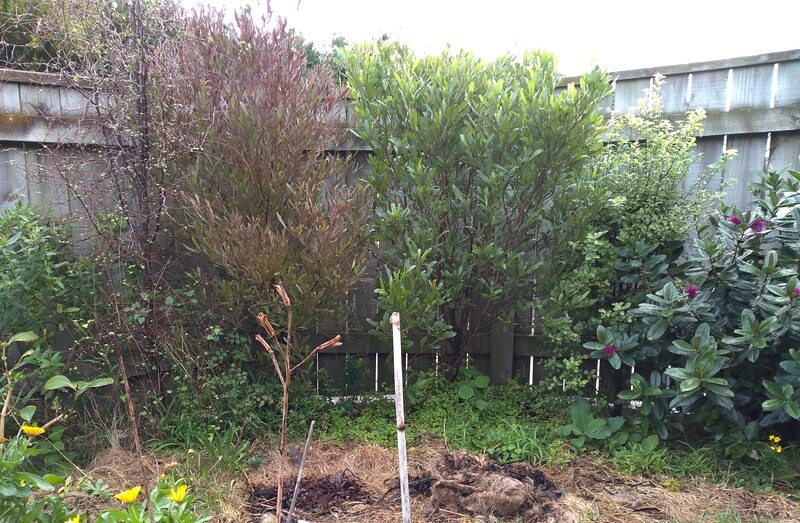
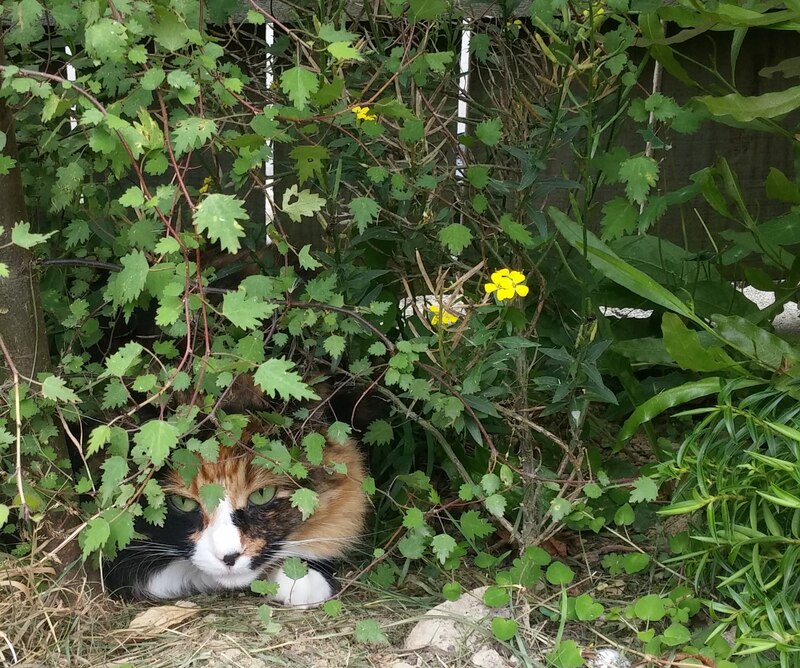









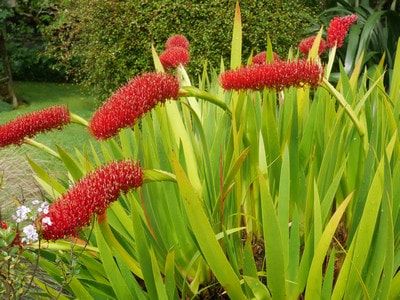

 RSS Feed
RSS Feed